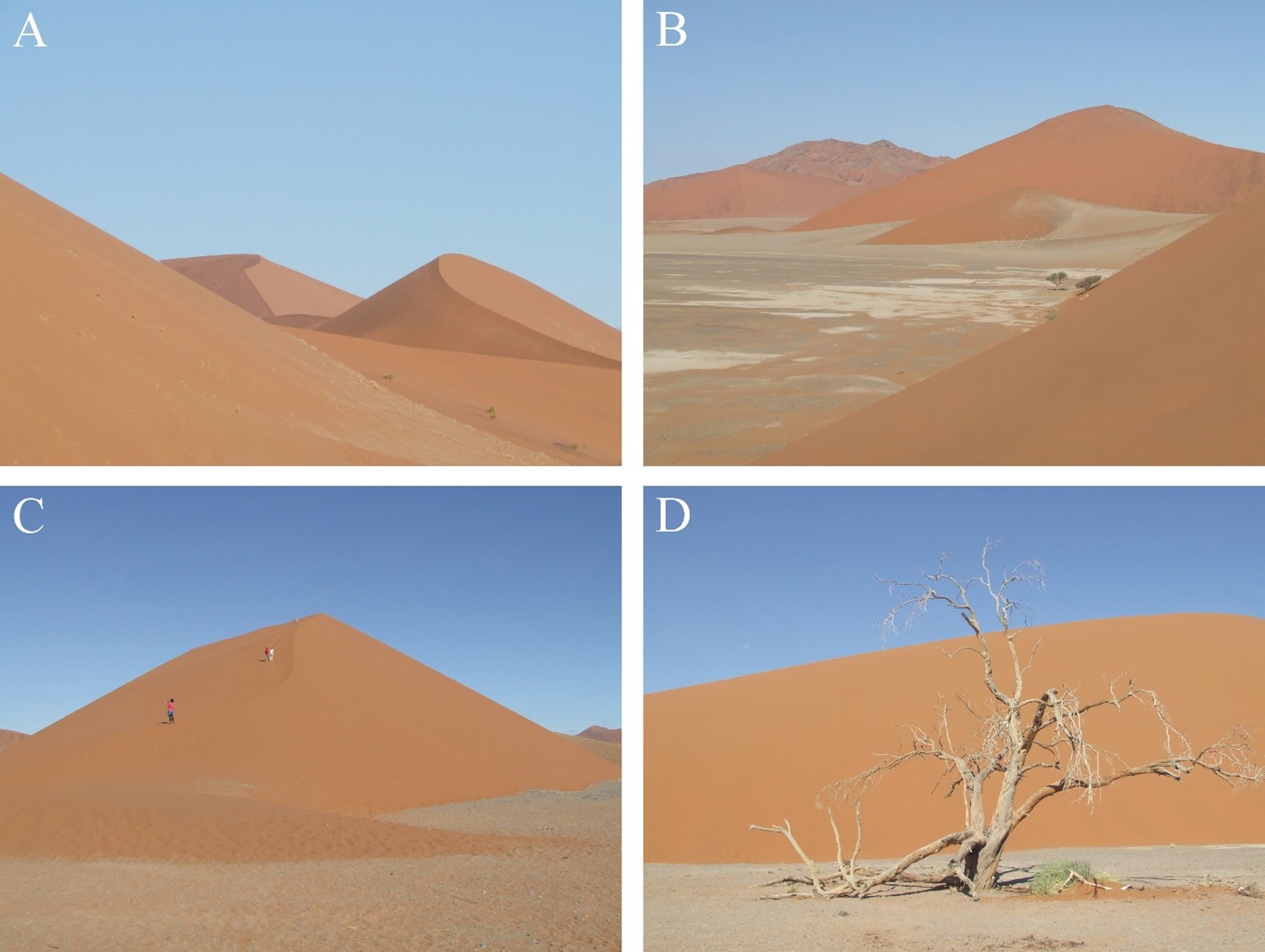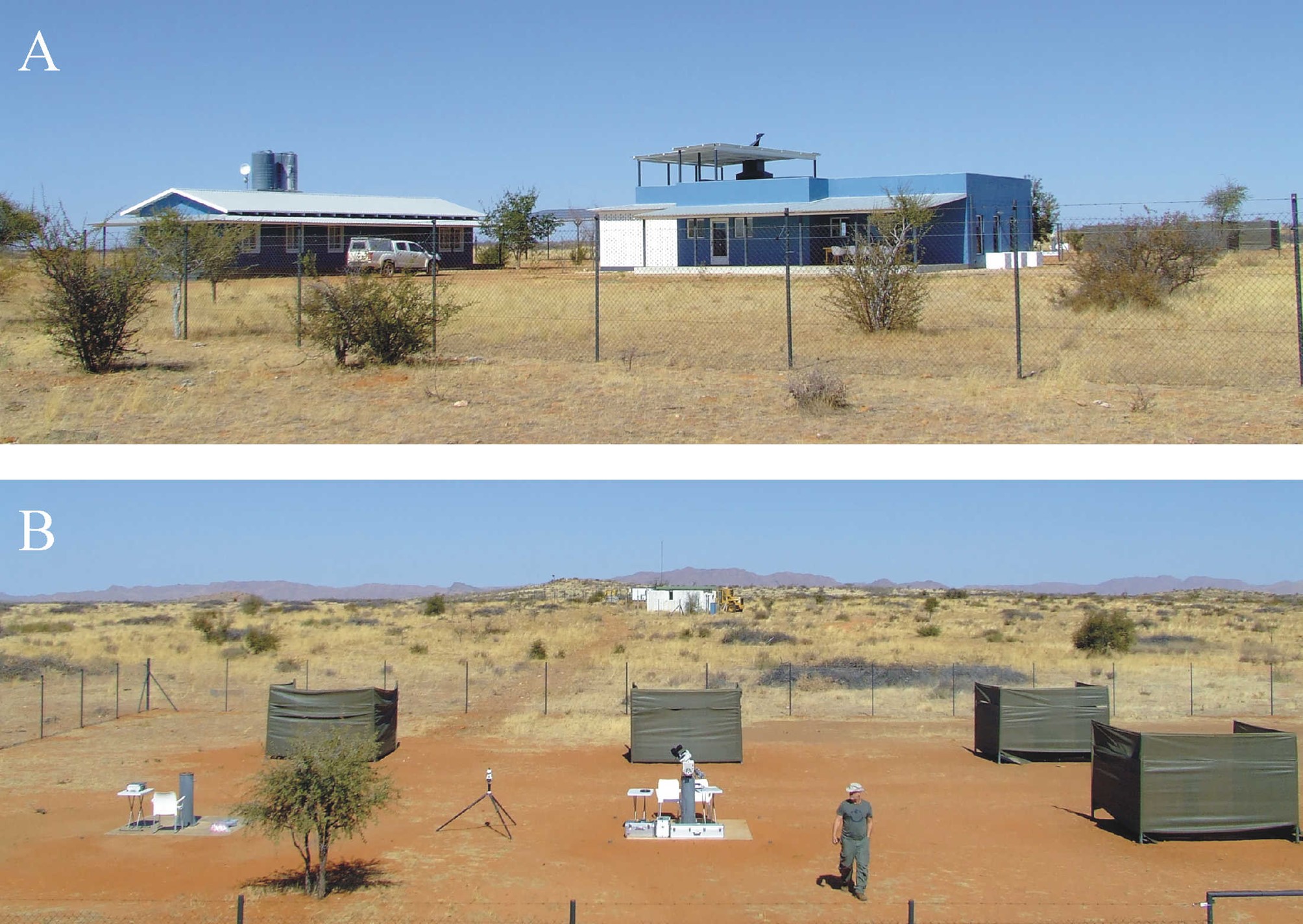Hunt for a Kordylewski dust cloud

With imaging polarimetry, it is possible to observe in the cloudless night sky the dust cloud named after the Polish astronomer Kazimierz Kordylewski, which is barely detectable using conventional photography (photometry). When a dust particle is placed in one of the Lagrange libration points L4 and L5 of two orbiting celestial bodies, it starts rotating in complete synchronism with the two bodies. Even if it drifts slightly away, it remains nearby, oscillating around the point, caught in a kind of celestial mechanical trap. The two equilibrium (stable) libration points, which act as “celestial dust collectors”, have a gravitational effect on the interplanetary dust, developing into two dynamically changing Kordylewski dust clouds (KDCs) over time. The sunlight scattered by these dust clouds is polarised, so they can be well detected and studied with imaging polarimetry.
The KDCs were discovered in the 1960s, but due to the lack of convincing photometric evidence, some astronomers
became sceptical about the existence of these dust clouds.
This scepticism was increased by the fact that the Sun’s gravitational effect disrupts the stability of masses around points L4 and L5, and thus prevents the long-term survival of dust clouds. Using imaging polarimetric telescopes, Hungarian researchers (Judit Slíz-Balogh, Gábor Horváth, Attila Mádai, Pál Sári, and András Barta) were the first to detect the polarisation patterns of the L4 and L5 KDCs between 2017 and 2022, confirming thus their existence.
With the polarimetric telescope at Judit Slíz-Balogh’s private astronomical observatory in Badacsonytördemic, it took several years to measure the optical signals needed for the demonstration, due to the unfavourable astroclimate in Hungary. Hunting for the KDCs, the scientists thus looked for a region with less light pollution and more cloud- and aerosol-free night skies. This is how they found Namibia (Figure 1), where the Isabis Astro Lodge was established in 2020 on Joachim Cranz’s private estate, in the Khomas Highland with an altitude of 1,800 m (Figure 2).

Figure 1: The distinctive red sand dunes along the Atlantic coast in Namibia
(photographs by Gábor Horváth).
The Hungarian research team of five members (physicist Gábor Horváth, astronomer Judit Slíz-Balogh, and mechanical engineers Attila Mádai, Pál Sári, and Ilona Mitró) carried out astronomical polarisation measurements at the Isabis Astro Lodge every night between 18 July and 17 August 2023. Their first achievement was that they were able to capture the polarisation patterns of the L5 KDC. They published their findings in the journal Monthly Notices of the Royal Astronomical Society.
The team also needed a special telescope for the measurements, so the HUN-REN-ELTE Astropolarimetry Research Group, established in 2022, built an imaging polarimetric telescope. The unique benefits of the single-camera, rotating-analyser sequential imaging polarimetric telescope (Figure 3) are that it is not ground-based, is easily portable, and has a wide field of view, two orders of magnitude larger than that of usual ground-based polarimetric telescopes.
Currently, only the Hungarian scientists have such a telescope,
and its upgraded variant is going to be used at least four more times in the Hungarian measurement campaigns at the Isabis Astro Lodge.

Figure 2: Two buildings at the Isabis Astro Lodge (A) and the area stretching behind them with eight telescope mounts on it, of which, only six are visible in the picture (B). The polarimetric telescope of the researchers is already on the nearer central mount. The two white buildings further away belong to the Russian space debris monitoring station under construction (photographs by Gábor Horváth).
The Astropolarimetry Research Group’s research programme “Construction of a Portable Polarimetric Astronomical Imaging Telescope and its Applications in the Favourable Astroclimatic Regions of the Earth, with Special Regard to the Kordylewski Dust Clouds” lasting 66 months is funded by the HUN-REN Hungarian Research Network under the grant number HUN-REN-ELTE-0116607.
The cover image shows the portable imaging polarimetric telescope designed by Hungarian researchers, stand-mounted at the Isabis Astro Lodge (photograph by Gábor Horváth).
(Source: elte.hu)

